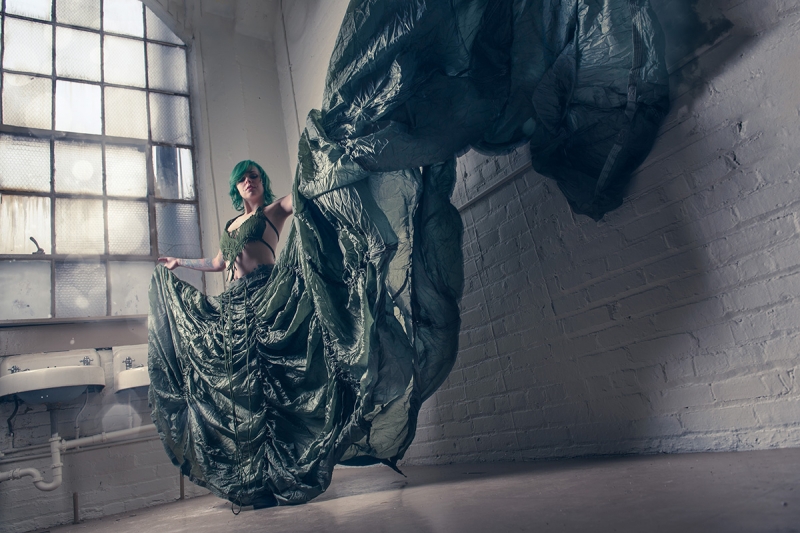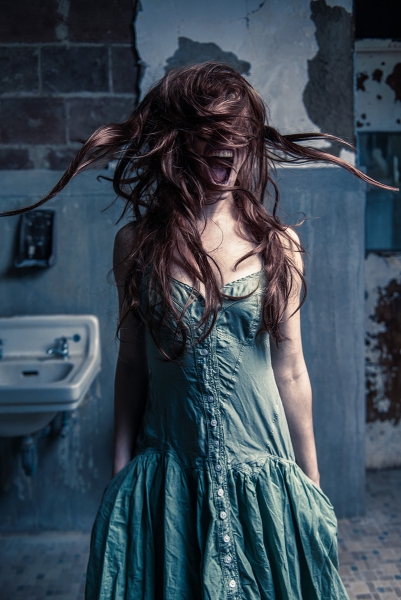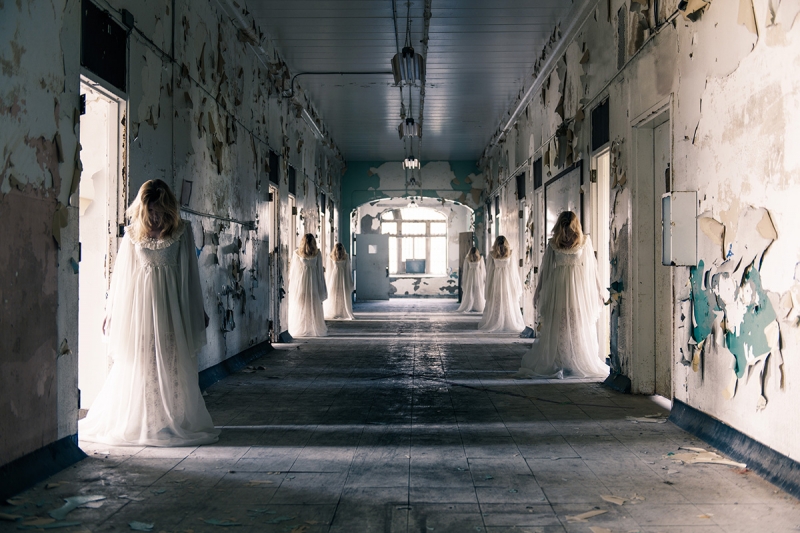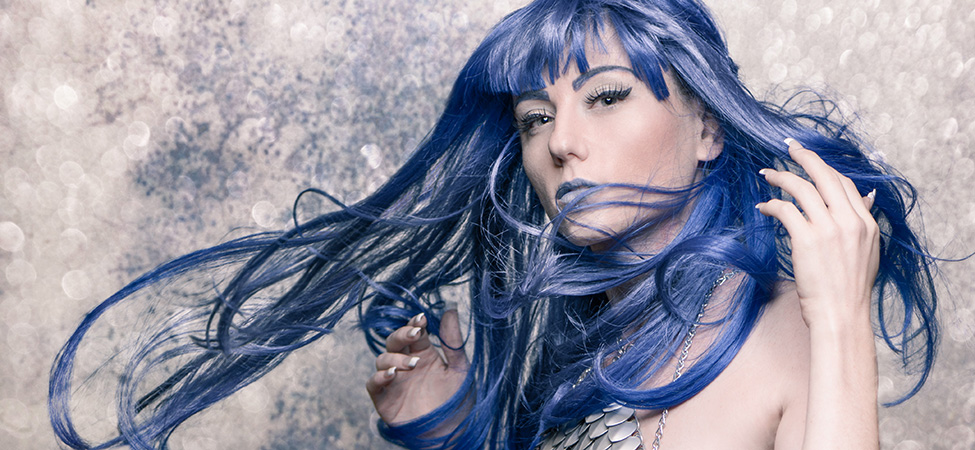Natural light is not enough
Even if you're shooting entirely outdoors, the ability to augment light is critical, says photographer Scott Detweiler.
• November 2016 issue
Many a photographer has built a business on making images with little more than their camera and sunshine. But is natural light photography enough?
“I would argue that even if you’re shooting entirely outdoors, the ability to augment the light is critical,” says Scott Detweiler. “It’s so important to be able to create different looks in different lighting conditions and be able to re-light things to achieve the appropriate look.”
Perhaps most important, he argues, is the issue of commerce: “Those augmented lighting pictures sell better. Over and over again, I have had clients move up in the packages they buy after seeing the difference created by augmented lighting. It’s a completely different level of product, and the pricing should reflect that higher level.”
Detweiler started out as a Photoshop guy. An artist with a background in painting and drawing, he applied his graphical skills to a variety of post-production jobs and 3-D modeling in the architecture industry. He also experimented with personal projects that combined his favorite photographs with digital techniques to create unique works of art.
Eventually he was driven to master photography himself and over time developed a signature style that he’s built into a solid business doing fashion, boudoir, and senior portrait photography. Detweiler, who lives in Sussex, Wisconsin, also conducts workshops on creative lighting and shooting techniques.
He’ll share some of his knowledge at Imaging USA 2017 in his session “Lighting with Conviction.” In it, he’ll explain why augmented lighting is essential for bringing a photography business beyond what can be accomplished through natural light alone.
To get moving in the right direction, Detweiler suggests focusing on a few fundamentals.

Exposure
With the power of Adobe Lightroom and other post-capture software, it’s tempting to let exposure principles slip a little. However, that leaves photographers with fewer options, he notes.
“Use the histogram on the back of your camera,” says Detweiler. “So many photographers ignore it. However, half of the data in a photo is in the four brightest stops on the histogram. If you underexpose, you’re losing all that data, and then you have to make all sorts of adjustments in post-production to fix it. But you’re still missing the actual digital data, which limits what you can do.”
The ability to expose photographs properly is closely aligned to the concept of capturing the full spectrum of visible light in a photograph. Detweiler explains it in terms of painting: “On a traditional painting, there is white paint somewhere on that canvas. Even if you can’t see that white, it is affecting the tone of the colors and bringing a sense of light into the painting.”
Light falloff
For many of Detweiler’s students, the biggest moment of insight comes when they understand the inverse square law for light. This tenet of physics states that the intensity of a physical quantity of light changes in inverse proportion to the square of the distance from the source of that quantity. In practical application, it explains the concept of light falloff. Essentially, the farther a subject is from the light source, the more the light dilutes, or falls off. When you control the light source, such as with a studio light, you can control the rate of falloff and its impact on an image by adjusting the light’s power and moving the subject. This allows you to create a wide range of lighting effects with a few simple adjustments.

Multiple light sources
Detweiler urges photographers to illuminate their scenes with at least two light sources even outside. Going back to that concept of light falloff and the inverse square law, it’s important to understand that there is no discernable light falloff from sunlight. The sun is so far away and so strong that moving your subject a few feet isn’t going to affect the rate at which the light fades. So if your only light source is the sun, you can’t control light falloff. “That’s why you should always use two light sources outside: a light you bring with you and a light that’s already provided—the sun,” says Detweiler.
Where many photographers get tripped up, he explains, is when they use the sun as their key light. Instead, he suggests over-powering the sun with a portable flash and creating the key light with that source. Use the sun as a second light. Detweiler often does this by using a small reflector to shine some sunlight back onto the subject’s face for a pleasing Rembrandt-style portrait light.
Creative approaches
Augmented lighting can take many forms, including creative interpretations that add interest to a scene. “Be more creative with your lighting techniques, and show your clients something they can’t get anywhere else,” he urges.
This can take many forms, from shining a light through a cracked door to create a beam of light that crawls up the floor to aiming a light through a glass of water to create interesting patterns.
“In one of my workshops, I tell my students that their keylight can’t be in front of the model,” says Detweiler. “It has to be at 90 degrees or less. It might be behind the model, angled to the side. Whatever they choose. Working that way forces people to think differently and try different things yet still expose properly. The idea is to get out of your comfort zone and change what you’re doing.”

Separate yourself
Most of all, Detweiler urges photographers to push their lighting and their photography to the next level. If you want to separate yourself from the crowd, you need to produce work that stands apart,
he says.
“These days, people can take very good natural light pictures with their phones. If you just walk out to a scenic spot and take a simple shot in natural light, then you’re not offering anything they couldn’t capture themselves. You have to increase the interest level through augmented lighting and creative approaches. People can see the difference. That is a market differentiation that allows you to charge more than your competition. Once you learn to work with a strobe and create your own light in any environment, the market becomes much more high-end.”
RELATED: See our gallery of Scott Detweiler's images.
Jeff Kent is editor-at-large of Professional Photographer.


 View Gallery
View Gallery


